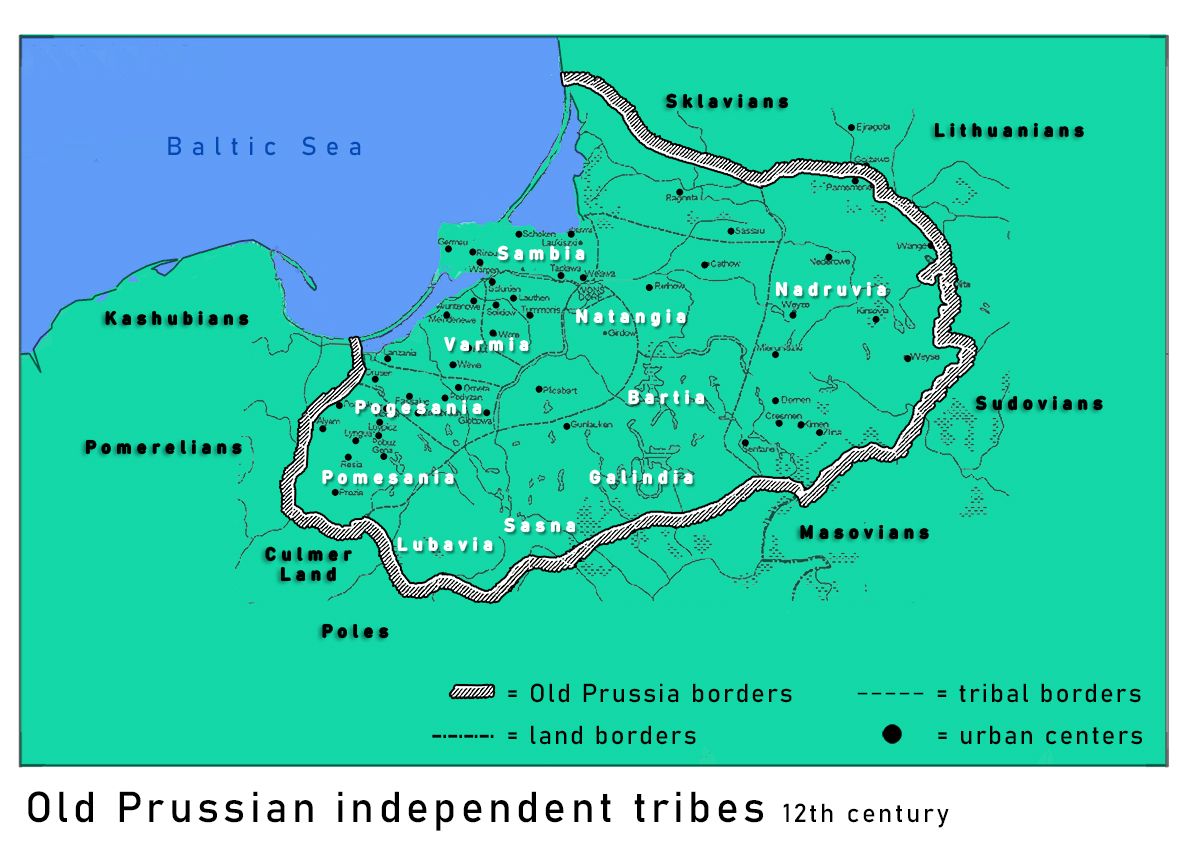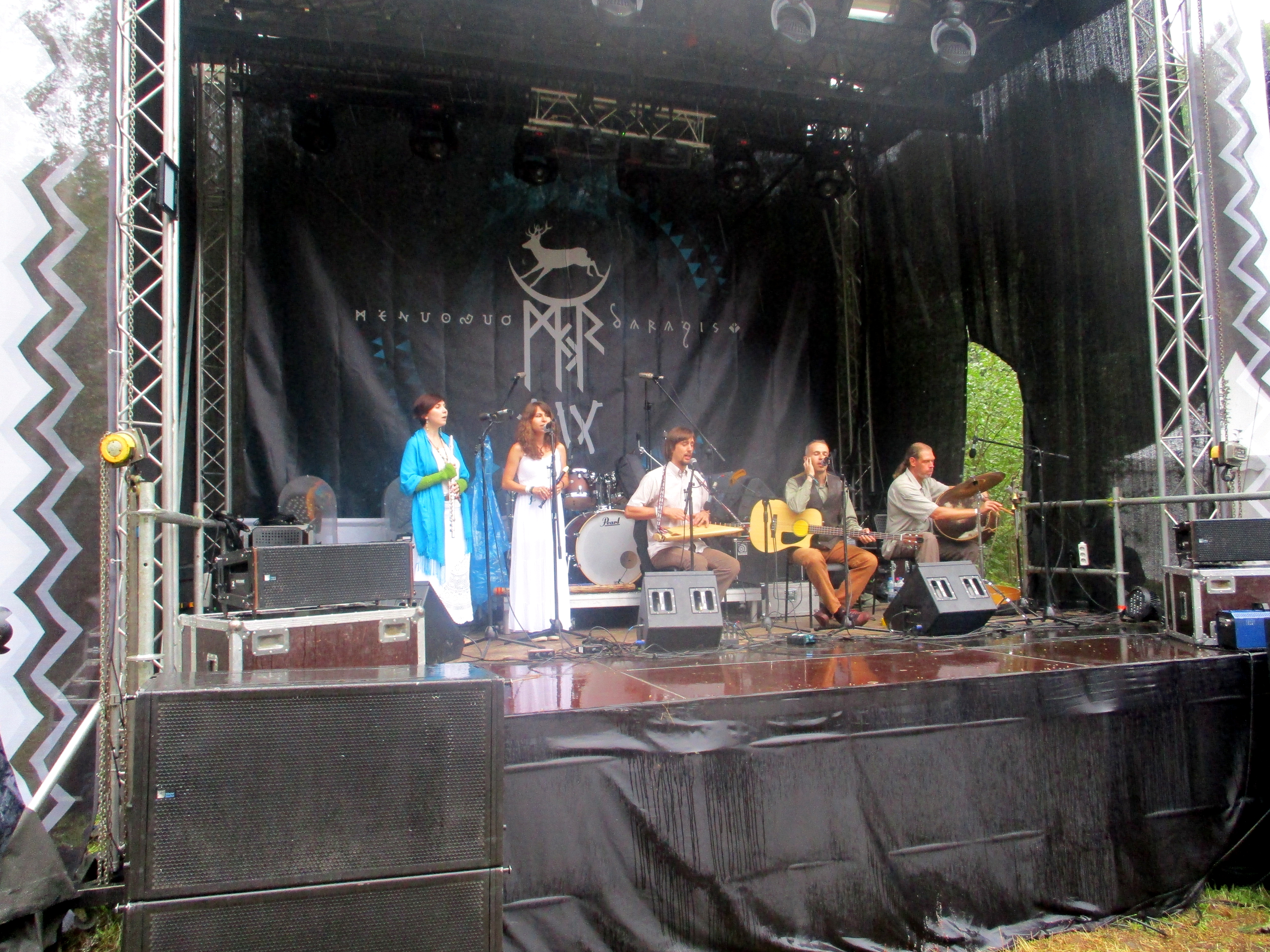|
Bartenstein (Ostpr
Bartoszyce (pronounced , german: Bartenstein, ; lt, Barštynas) is a town on the Łyna River in northern Poland, with 22,597 inhabitants as of December 2021. It is the capital of Bartoszyce County within the Warmian-Masurian Voivodeship. Geographical location Bartoszyce lies on the left shore of river Łyna River in a valley, approximately east of Elbląg and south of Kaliningrad, at an altitude of above sea level. History Middle Ages Around 1241 the Teutonic Knights (the monastic German Order) constructed a castle on the left shore of the Łyna River on the border between the Old Prussian regions of Natangia and Bartia.''Ostpreußen.net''Geschichte der Stadt Bartoszyce - Bartenstein Accessed 1 April 2007. The castle was part of the district (''Komturei'') of Balga. It was first composed of stone houses, palisades, and earthworks and later built of bricks. Besieged by the native Old Prussians for four years during an uprising beginning in 1260, the castle was destro ... [...More Info...] [...Related Items...] OR: [Wikipedia] [Google] [Baidu] |
Łyna (river)
The Łyna (; ; ; - ''Lava''), is a river that begins in northern Poland's Warmian-Masurian Voivodeship and ends in Russia's Kaliningrad Oblast. The Łyna is a tributary of the Pregolya River, and has a total length of 264 km (207 km in Poland and 57 km in Russia) and a basin area of 7,126 km² (5,298 km² in Poland). , p. 85-86 It is connected to |
Warmian-Masurian Voivodeship
Warmian-Masurian Voivodeship or Warmia-Masuria Province or Warmia-Mazury Province (in pl, Województwo warmińsko-mazurskie, is a voivodeship (province) in northeastern Poland. Its capital and largest city is Olsztyn. The voivodeship has an area of and a population of 1,425,967 (as of 2019). The Warmian-Masurian Voivodeship was created on 1 January 1999, from the entire Olsztyn Voivodeship, the western half of Suwałki Voivodeship and part of Elbląg Voivodeship, pursuant to the Polish local government reforms adopted in 1998. The province's name derives from two historic regions, Warmia and Masuria. The province borders the Podlaskie Voivodeship to the east, the Masovian Voivodeship to the south, the Kuyavian-Pomeranian Voivodeship to the south-west, the Pomeranian Voivodeship to the west, the Vistula Lagoon to the northwest, and the Kaliningrad Oblast (an exclave of Russia) to the north. Its borders largely overlap with the southern two-thirds of former East Prussia, whi ... [...More Info...] [...Related Items...] OR: [Wikipedia] [Google] [Baidu] |
Sudovians
Yotvingians (also called: Sudovians, Jatvians, or Jatvingians; Yotvingian: ''Jotvingai''; lt, Jotvingiai, ; lv, Jātvingi; pl, Jaćwingowie, be, Яцвягі, ger, Sudauer) were a Western Baltic people who were closely tied to the Old Prussians. The linguist Petras Būtėnas asserts that they were closest to the Lithuanians. The Yotvingians contributed to the formation of the Lithuanian state. Yotvingians had a strong warrior culture and were generally well known as great warriors and hunters, and were feared by their neighbours for their skill in warfare. The Yotvingians were referred to in regional historical records into the 19th century. Culture Etymology According to Vytautas Mažiulis, the name Sūduva derives from a local hydronym ''*Sūd(a)vā'', in turn derived from a Baltic verbal root ''*sū-'': to flow, pour. A. S. Kibin proposed Yotvingian, or the "Slavic Jatviagi as the group name goes back to O. N. patronymic derivative játvingar meaning "the des ... [...More Info...] [...Related Items...] OR: [Wikipedia] [Google] [Baidu] |
Prussian Uprisings
The Prussian uprisings were two major and three smaller uprisings by the Old Prussians, one of the Baltic tribes, against the Teutonic Knights that took place in the 13th century during the Prussian Crusade. The crusading military order, supported by the Popes and Christian Europe, sought to conquer and convert the pagan Prussians. In the first ten years of the crusade, five of the seven major Prussian clans fell under the control of the less numerous Teutonic Knights. However, the Prussians rose against their conquerors on five occasions. The first uprising was supported by Duke Swietopelk II, Duke of Pomerania. The Prussians were successful at first, reducing the Knights to only five of their strongest castles. The duke then suffered a series of military defeats and was eventually forced to make peace with the Teutonic Knights. With Duke Swietopelk's support for the Prussians broken, a prelate of Pope Innocent IV negotiated a peace treaty between the Prussians and the Knights. ... [...More Info...] [...Related Items...] OR: [Wikipedia] [Google] [Baidu] |
Old Prussians
Old Prussians, Baltic Prussians or simply Prussians (Old Prussian: ''prūsai''; german: Pruzzen or ''Prußen''; la, Pruteni; lv, prūši; lt, prūsai; pl, Prusowie; csb, Prësowié) were an indigenous tribe among the Baltic peoples that inhabited the region of Prussia, at the south-eastern shore of the Baltic Sea between the Vistula Lagoon to the west and the Curonian Lagoon to the east. The Old Prussians, who spoke an Indo-European language now known as Old Prussian and worshipped pre-Christian deities, lent their name, despite very few commonalities, to the later, predominantly Low German-speaking inhabitants of the region. The duchy of the Polans under Mieszko I, which was the predecessor of the Kingdom of Poland, first attempted to conquer and baptize the Baltic tribes during the 10th century, but repeatedly encountered strong resistance. Not until the 13th century were the Old Prussians subjugated and their lands conquered by the Teutonic Order. The remaining Old Prus ... [...More Info...] [...Related Items...] OR: [Wikipedia] [Google] [Baidu] |
Palisade
A palisade, sometimes called a stakewall or a paling, is typically a fence or defensive wall made from iron or wooden stakes, or tree trunks, and used as a defensive structure or enclosure. Palisades can form a stockade. Etymology ''Palisade'' derives from ''pale'', from the Latin word ', meaning stake, specifically when used side by side to create a wood defensive wall. Typical construction Typical construction consisted of small or mid-sized tree trunks aligned vertically, with as little free space in between as possible. The trunks were sharpened or pointed at the top, and were driven into the ground and sometimes reinforced with additional construction. The height of a palisade ranged from around a metre to as high as 3–4 m. As a defensive structure, palisades were often used in conjunction with earthworks. Palisades were an excellent option for small forts or other hastily constructed fortifications. Since they were made of wood, they could often be quickly and easil ... [...More Info...] [...Related Items...] OR: [Wikipedia] [Google] [Baidu] |
Balga
Balga (russian: замок Бальга; german: Burg Balga; lt, Balga; pl, Balga) was a medieval castle of the Teutonic Knights in Kaliningrad Oblast, Russia. The castle ruins are located on the shore of the Vistula Lagoon, north of Mamonovo in the Pogranichny municipality of Bagrationovsky District, about southwest of Kaliningrad. History The hill of Balga had been the site of an Old Prussian ( Warmian) fortress called Honeda. The fort had been unsuccessfully besieged by the Wettin margrave Henry III of Meissen on his 1237 Prussian Crusade, but was eventually conquered in 1239 by the forces of the Teutonic Order, led by Grand Marshal Dietrich von Bernheim. Balga was the oldest Ordensburg constructed by the Teutonic Order in the region of present-day Kaliningrad Oblast, and was built from 1239 to control naval traffic on the Vistula Lagoon. With the assistance of Duke Otto I of Brunswick-Lüneburg, the Teutonic Knights defeated the Old Prussians along the coastline of War ... [...More Info...] [...Related Items...] OR: [Wikipedia] [Google] [Baidu] |
Bartia
The Bartians (also ''Barthi'', ''Barthoni'', ''Bartens'', or ''Barti'') were an Old Prussian tribe who were among the last natives following a pre-Christian religion before the Northern Crusades forced their conversion to Christianity at the cost of a high percentage of the native population. They lived in Bartia (also ''Bartenland'' or ''Barthonia''), a territory that stretched from the middle and lower flow of Łyna river, by the Liwna river, and Lake Mamry, up to the Galindian woods. The territory is quite precisely known from description in ''Chronicon terrae Prussiae'', dated 1326. The same description mentions two provinces, the Major Barta and the Minor Barta. The territory was quite densely populated, as confirmed by abundant archeological findings. Before the wars with the Teutonic Knights, the population was estimated to be at 17,000. The Bartians, along with the other Prussians, were conquered by the Teutonic Knights, who Christianized them under duress, brought in se ... [...More Info...] [...Related Items...] OR: [Wikipedia] [Google] [Baidu] |
Natangia
Natangians or Notangians (Prussian: ''Notangi''; pl, Natangowie; lt, Notangai; german: Natanger) was a Prussian clan, which lived in the region of Natangia, an area that is now mostly part of the Russian exclave Kaliningrad Oblast, whereas the southern portion lies in the Polish Warmian-Masurian Voivodeship. In the 13th century when the Teutonic Knights began their crusade against the Prussians, some 15,000 people might have lived in the area between the Pregolya and Łyna rivers. The Natangian lands bordered with Sambia in the north, Warmia in the west and south, and Bartia in the southeast. They likely spoke a West Baltic language, now extinct, similar to Old Prussian language. History Natangians are first mentioned in a 1238 treaty between the Knights and Duke Świętopełk II of Pomerania. They were conquered by the Teutonic Knights around 1239–1240. In order to prevent the Natangians from liberating themselves from Teutonic rule, the Teutonic Order erected the Kreuzbu ... [...More Info...] [...Related Items...] OR: [Wikipedia] [Google] [Baidu] |
Old Prussian
Old Prussian was a Western Baltic language belonging to the Baltic branch of the Indo-European languages, which was once spoken by the Old Prussians, the Baltic peoples of the Prussian region. The language is called Old Prussian to avoid confusion with the German dialects of Low Prussian and High Prussian and with the adjective ''Prussian'' as it relates to the later German state. Old Prussian began to be written down in the Latin alphabet in about the 13th century, and a small amount of literature in the language survives. Classification and relation to other languages Old Prussian is an Indo-European language belonging to the Baltic branch. It is considered to be a Western Baltic language. Old Prussian was closely related to the other extinct Western Baltic languages, namely Sudovian, West Galindian and possibly Skalvian and Old Curonian. Other linguists consider Western Galindian and Skalvian to be Prussian dialects. It is related to the Eastern Baltic languages suc ... [...More Info...] [...Related Items...] OR: [Wikipedia] [Google] [Baidu] |
Teutonic Knights
The Order of Brothers of the German House of Saint Mary in Jerusalem, commonly known as the Teutonic Order, is a Catholic religious institution founded as a military society in Acre, Kingdom of Jerusalem. It was formed to aid Christians on their pilgrimages to the Holy Land and to establish hospitals. Its members have commonly been known as the Teutonic Knights, having a small voluntary and mercenary military membership, serving as a crusading military order for the protection of Christians in the Holy Land and the Baltics during the Middle Ages. Purely religious since 1810, the Teutonic Order still confers limited honorary knighthoods. The Bailiwick of Utrecht of the Teutonic Order, a Protestant chivalric order, is descended from the same medieval military order and also continues to award knighthoods and perform charitable work. Name The name of the Order of Brothers of the German House of Saint Mary in Jerusalem is in german: Orden der Brüder vom Deutschen Haus der He ... [...More Info...] [...Related Items...] OR: [Wikipedia] [Google] [Baidu] |




